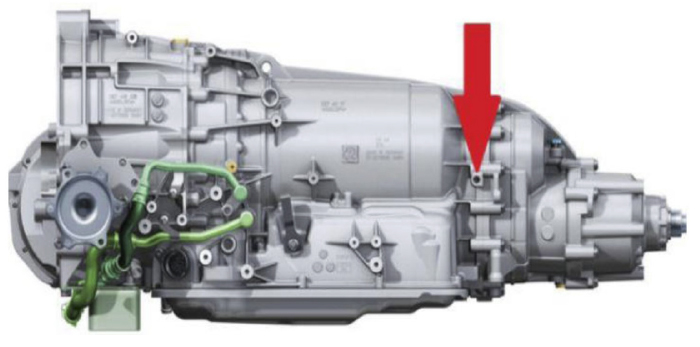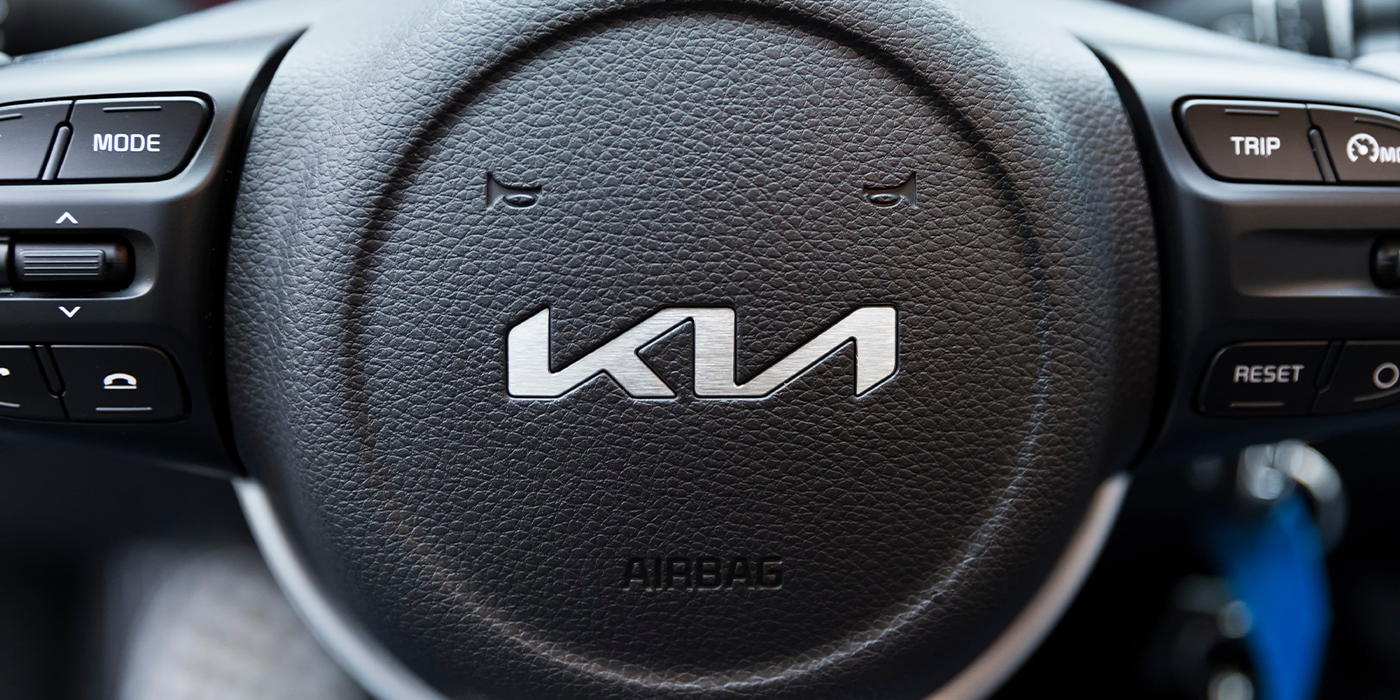Accurately aimed headlights are essential for safe nighttime driving. Accurate adjustment is also essential to keep a vehicle’s beam pattern out of the eyes of oncoming drivers. Once headlights have been set, their alignment should not change unless the vehicle has been collision damaged, or the front or rear ride height of the vehicle has changed.
Headlights should be aimed so the low beams are straight ahead with respect to the vehicle centerline, and the low beam pattern cuts off flush with the hood line (to eliminate glare to oncoming traffic). This can be done by parking the vehicle 25 feet from a wall, turning on the low beams, and measuring the brightest areas on the wall to make sure they are both straight ahead and no higher than the headlights on the car. Adjustment screws in or on the headlight housings can then be turned as needed to adjust the aim.
A more accurate method is to use headlight aiming equipment that is placed in front of the vehicle to measure beam alignment. Some optical headlight aimers require a floor track while others do not. The device identifies the hot spots in the beam pattern to determine beam slope and angle (horizontal and vertical alignment). This allows for a more precise adjustment. This type of equipment is usually only required in states that have vehicle safety inspections.
Equipment for this purpose should meet SAE J599 and J600 standards for headlight alignment.









